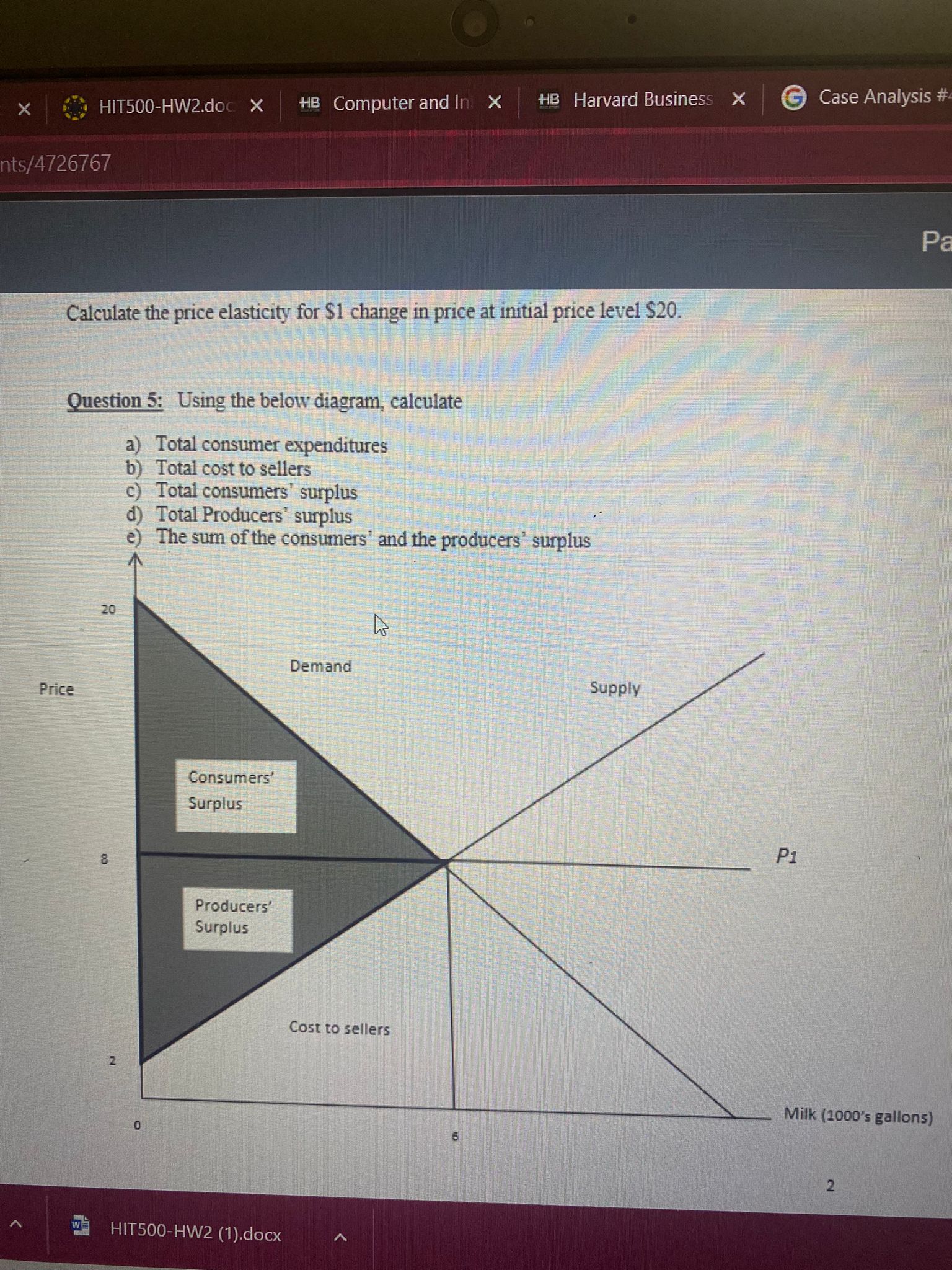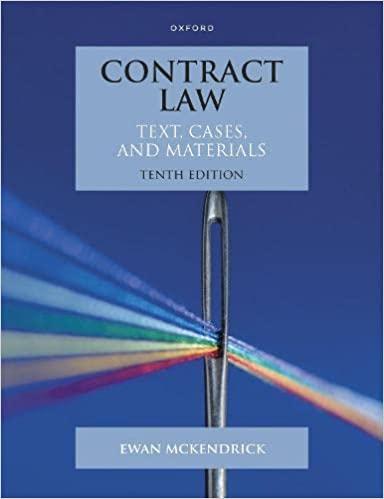Question
Question 1: Consider a simple economy producing two goods: bicycle and apples. The economy's production possibility frontier is represented by the following table: Bicycles (1000's
Question 1: Consider a simple economy producing two goods: bicycle and apples. The economy's production possibility frontier is represented by the following table:
| Bicycles (1000's per year) | Apples (1000's pounds per year) |
| 0 | 60 |
| 1 | 50 |
| 2 | 30 |
| 3 | 0 |
- Graph the PPF of this economy. What can you say about the shape and the slope of the PPF.
- Explain the opportunity cost of producing Apples.
- Suppose the economy is currently producing 2,000 bicycles and 30,000 pounds of apples, what is the opportunity cost of producing an additional 1,000 bicycles?
- Can the economy produce 2,000 bicycles and 20,000 pounds of apples? What do you call this level of production?
- In what situation the economy can produce 1,000 bicycles and 55,000 pounds of apples?
Question 2:Using a supply-and-demand graph and assuming competitive markets, show and explain the effect on equilibrium price and quantity of the following:
- Increased graduations of physician assistants on the market of health care services.
- An anti-smoking campaign reducing the smoking in the population on the market for hospital services.
Question 3:
A vending machine company sells soft drinks at $1.50 per bottles per week. At that price, the quantity demanded is 2000 bottles per week. In order to increase sales, the company decides to decrease the price to $1, and sales increase to 4000 bottles. Calculate price elasticity of demand.
Question 4:Given the following demand function:


Step by Step Solution
There are 3 Steps involved in it
Step: 1

Get Instant Access to Expert-Tailored Solutions
See step-by-step solutions with expert insights and AI powered tools for academic success
Step: 2

Step: 3

Ace Your Homework with AI
Get the answers you need in no time with our AI-driven, step-by-step assistance
Get Started


